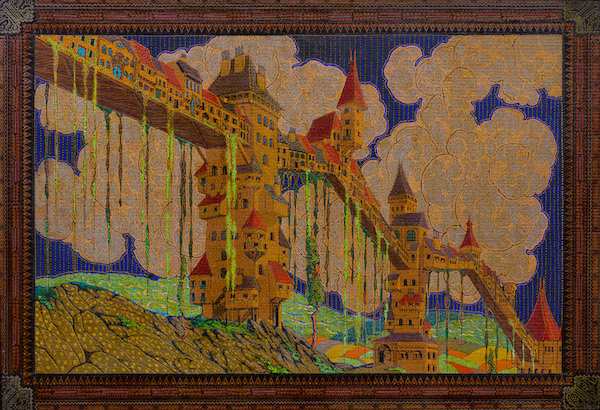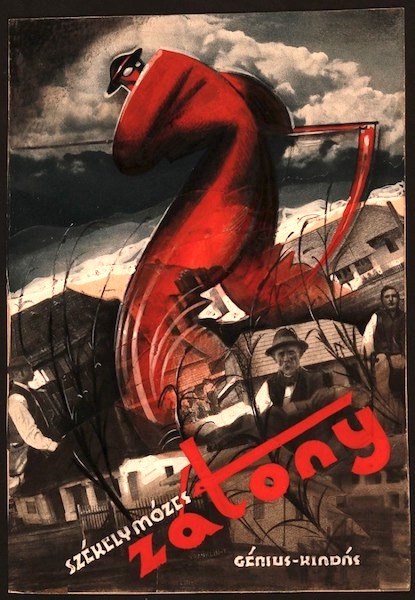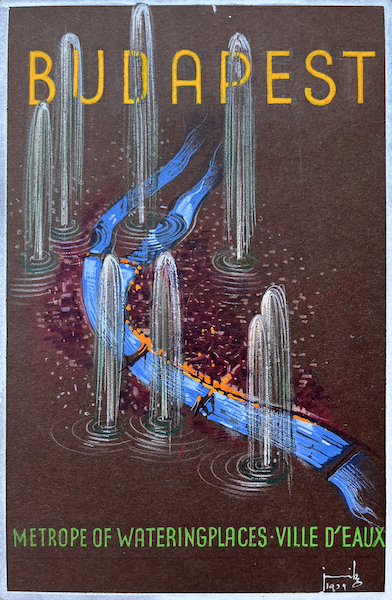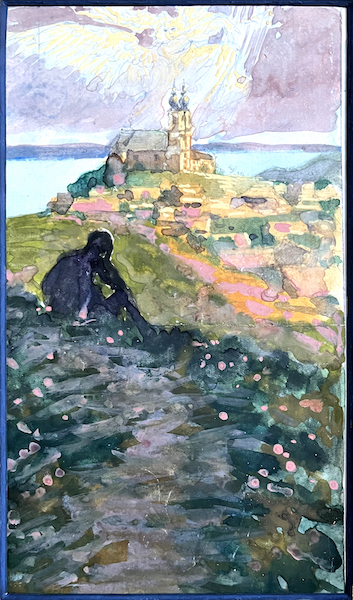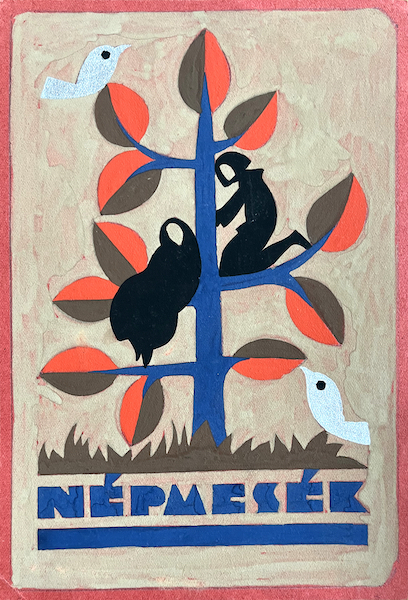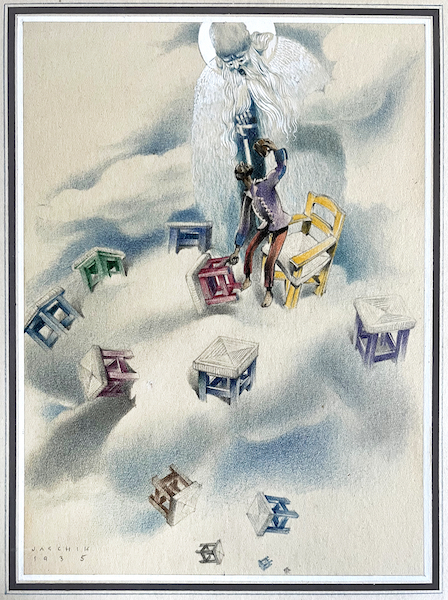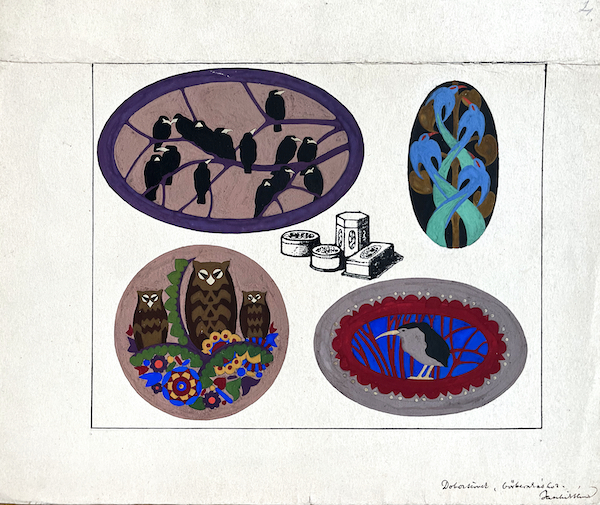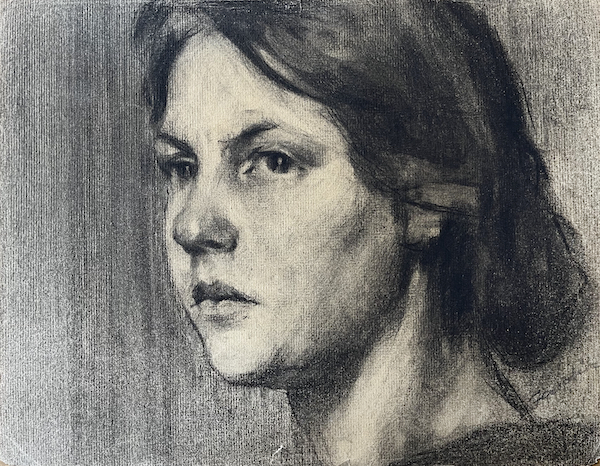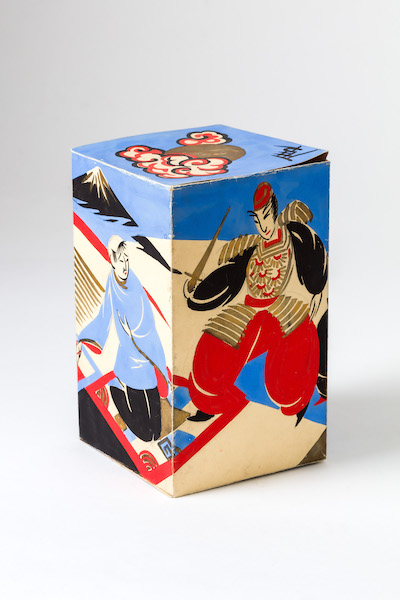Biography
From 1903 he was a student of the School of Design, his masters were László Hegedüs, Tivadar Zemplényi and Róbert Nádler. In 1907 he graduated as a drawing teacher. From 1907 to 1920 he was a teacher at the Budapest School of Industrial Design and the head of the bookbinding workshop.
He himself designed bookbinders, and in 1923 he published a series of articles on the history and technique of the bookbinding craft (The Bookbinding Craft). From 1920 until his death, he ran a private school, mainly engaged in graphic education. Its operation is characterized by an extraordinary diversity of genres.
His early graphics and book illustrations are decorative compositions showing the influence of Art Nouveau (Ady illustrations, Csongor and Tünde). The content of philosophical thought (Temptation of Jesus I – III; The Idol; The Tank,) is becoming more and more prevalent in the paintings and drawings of the twenties.
One of his most significant graphic cycles illustrates scenes from the New Testament. In the 1930s, he was particularly preoccupied with the illustration of Hungarian folk tales (The Mustache; The Earl, Private Property). From these series of drawings came the animated fairy tale film The Diamond Cross (1942–44), the completion of which was prevented by war.
In the twenties, in collaboration with Antal Németh, the later director of the National Theater, he created several significant stage sets and costumes, and his name is associated with the introduction of the projected stage image (Roninok treasure, 1936; Birds, 1938; Csongor and Tünde, 1929–43). He published a number of art theory glossaries and art pedagogy dissertations, especially his theory of ornamentation developed in the 1920s.

